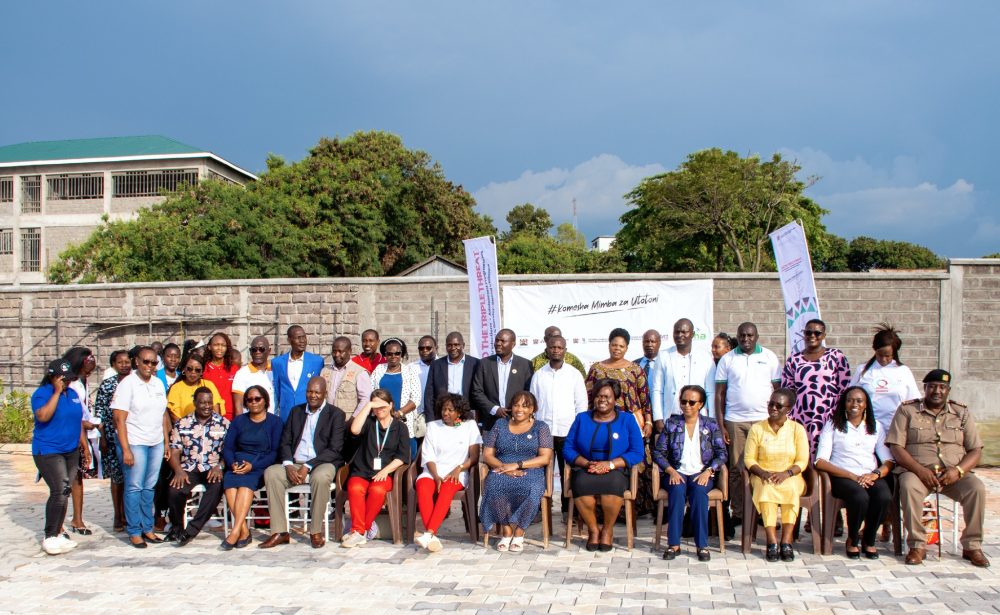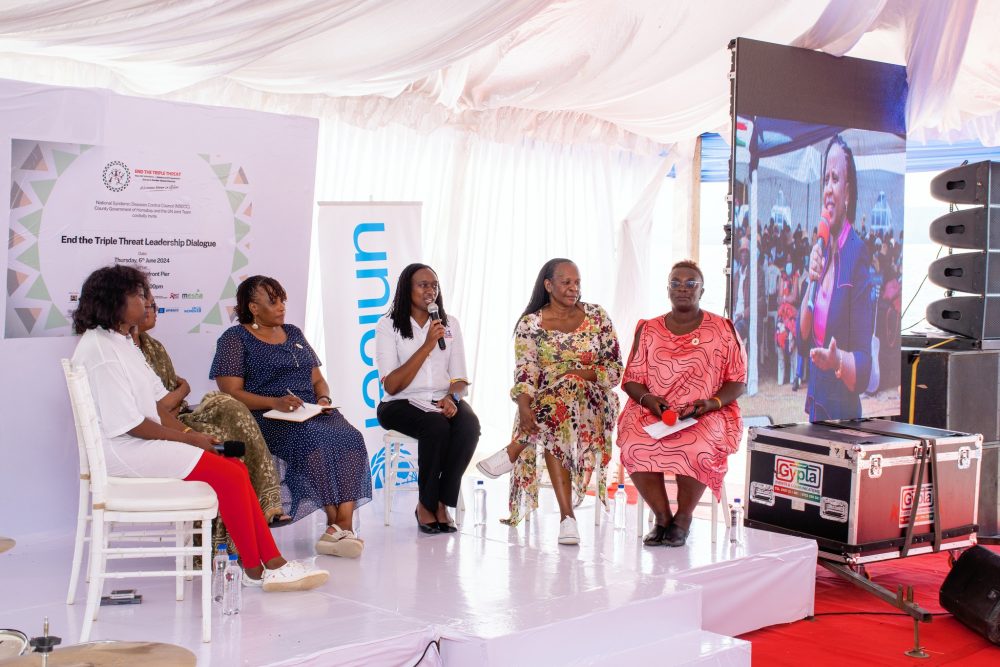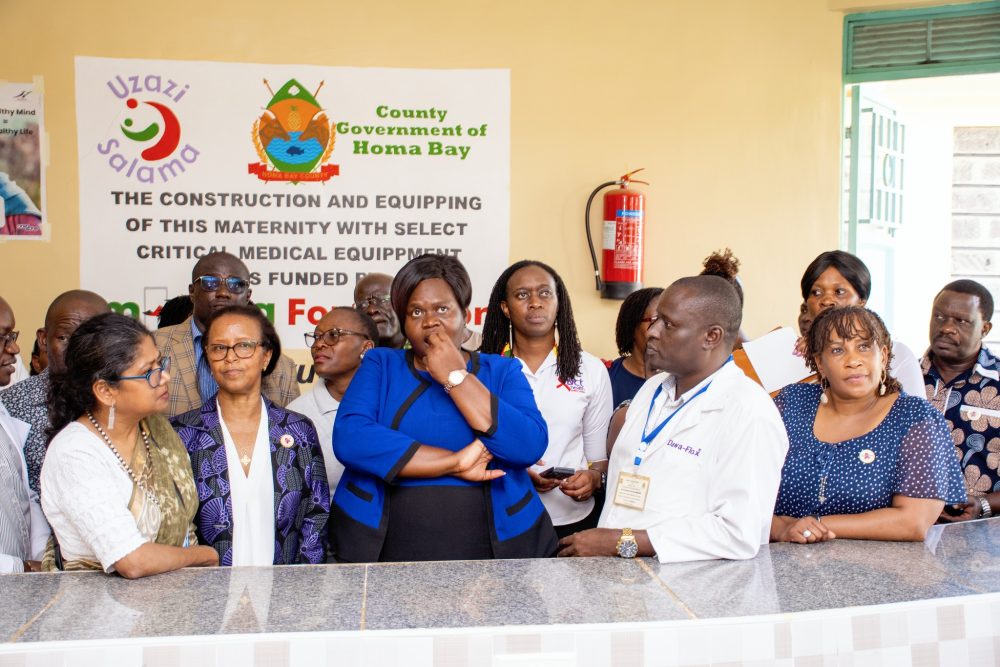
LVCT Health recently participated in a high-level experiential visit as part of the Government of Kenya’s plan to end the triple threat of new HIV infections, teenage pregnancies, and sexual gender-based violence among adolescents and young people in Homa Bay County.
Led by the National Syndemic Diseases Control Council (NSDCC), the visit brought together representatives from the Ministry of Health, County Governments, and seven United Nations (UN) Agencies, including UNAIDS, UNICEF, UNESCO, UNFPA, UN Women, ILO, and IOM. Civil society organizations and community members also joined to secure commitment and accountability from state and non-state actors for this initiative, launched in February 2024 by Health Cabinet Secretary Susan Nakhumicha.
The visit aimed to acquaint the delegation with the current triple threat situation in Homa Bay County and further understand the drivers, prevalent challenges, and existing interventions, to enhance the implementation of the Joint Program on Triple Threat and augment the government-led campaign.
It also sought to connect with communities to identify opportunities for enhancing their role in ending the Triple Threat and secure the commitment of the County leadership and collaboration among various partners, including government agencies, opinion leaders, cultural leaders, NGOs, communities, and development partners in ending the Triple Threat.
Speaking during the event, Dr. Ruth Masha, NSDCC Chief Executive Officer, highlighted the Government of Kenya’s new initiative targeted at preventing early sex as a strategy to combat HIV/AIDS, teen pregnancies, and sexual and gender-based violence.
“We are now coming up with a new strategy in which we involve men and boys by sensitizing them so that they understand the importance of avoiding sexual intercourse with girls,” Masha said.
She added, “We are saying that we must end the triple threat. We are working with various governmental and non-governmental agencies in fighting this menace. Let us avoid sexual and gender-based violence to protect the lives of our children.”
Echoing her sentiments, H.E. Gladys Wanga, Governor of Homa Bay County, emphasized that comprehensive education in schools on human sexuality will play a critical role in responding to the triple threat among adolescents and young people.
“Triple threat is destroying the lives of many girls. We cannot have future female leaders if we don’t end it,” said Governor Wanga.
LVCT Health Executive Director, Dr. Lilian Otiso, who was part of the delegation, highlighted innovation, creativity, efficiency in programming, and working closely with communities as key strategies to end the triple threat of new HIV infections, teenage pregnancies, and sexual gender-based violence.

“We have to be creative and innovative and walk with everyone. We cannot do it alone. What works best is what the communities tell us works best, and our innovations and interventions are only what would work for the communities,” said Dr. Otiso.
She called for a concerted effort and a multifaceted approach to realizing the 95:95:95 HIV/AIDS epidemic control goals.
LVCT Health supports Kenya’s efforts to address the triple threat by providing reliable, credible, and high-quality information and access to services on Sexual Reproductive Health (SRH), Mental Health, Gender-Based Violence (GBV), and HIV in a non-judgmental manner.

The visit established shared commitments to end the triple threat, with scorecard indicators to reduce new HIV infections among adolescents and young people, raise awareness among the youth on HIV prevention, increase access to HIV diagnosis and treatment, increase uptake of life-saving antiretroviral therapy, increase the mean age of sexual debut, reduce pregnancies among adolescent girls, and reduce sexual and gender-based violence among adolescents and young people in Kenya.
Additionally, partners committed to increasing the proportion of community members sensitized on ending the triple threat, reducing drug and substance abuse among adolescents and young people in Kenya, and increasing the proportion of pupils transitioning to secondary school. The visit also sought to fully implement the reentry policy of back to school for adolescent mothers, increase the proportion of girls with access to menstrual health and hygiene products, and improve the proportion of young people transitioning to gainful employment. Additionally, the program focuses on enhancing the policy and legal environment to prevent the triple threat.

